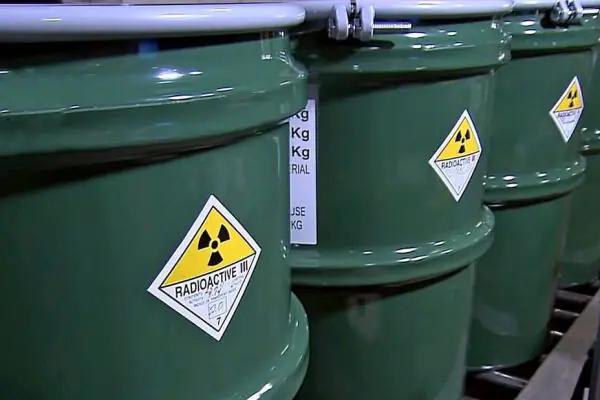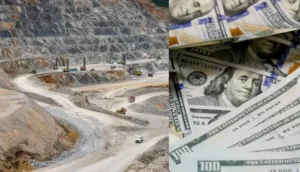US and Israeli strikes on Iran’s nuclear facilities have left IAEA inspectors with a serious task: determining whether enriched uranium stockpiles have been destroyed, buried under rubble, or secretly moved by Tehran.
This was reported by Reuters, citing sources in international structures.
According to the agency, more than a dozen current and former officials involved in programs to curb Iran’s nuclear ambitions admit that the attacks could have become “an ideal cover” for Tehran to hide strategic materials. As IAEA Director Rafael Grossi stated, after the strikes the agency has effectively lost the ability to track Iranian enriched uranium – we are talking about approximately 400 kg of the substance enriched to 60%.
Israel launched a military operation against Iran on the night of June 13, declaring the country’s nuclear program among its targets. On June 22, the United States joined the attacks, striking facilities in Fordow, Natanz and Isfahan. That same day, Iranian government spokesman Hassan Abedini said the facilities had been evacuated in advance and the uranium stockpiles had been removed. According to him, there was no threat of radiation contamination.
However, Reuters points out that it will now be extremely difficult for IAEA inspectors to establish the facts. Former chief inspector Olli Heinonen stressed that it will be necessary to collect samples from damaged facilities and the surrounding environment, which will take a lot of time. “Some of the materials may be lost or end up under rubble,” he noted.
Satellite data, including from Maxar, confirms that truck and equipment activity was observed two days before the Fordow strike. However, US Defense Secretary Pete Hegseth and President Donald Trump said they had no intelligence about the removal of uranium. “It would be extremely difficult to do, no one expected a strike,” Trump said on Fox News.
The IAEA reminds that Iran is obliged to report the movement of enriched uranium under the Nuclear Non-Proliferation Treaty. However, according to one of the interlocutors of Reuters, even before the attacks, inspectors faced difficulties in access and verification. “It will be a real game of cat and mouse,” he says. Even a small amount of unaccounted uranium, experts emphasize, is a concern, since the IAEA believes that 400 kg is enough to produce at least nine nuclear warheads. Rafael Grossi also added that despite the strikes, Iran has maintained technical capacity and could resume uranium enrichment within a few months.
Բաժանորդագրվեք մեր ալիքին Telegram-ում







